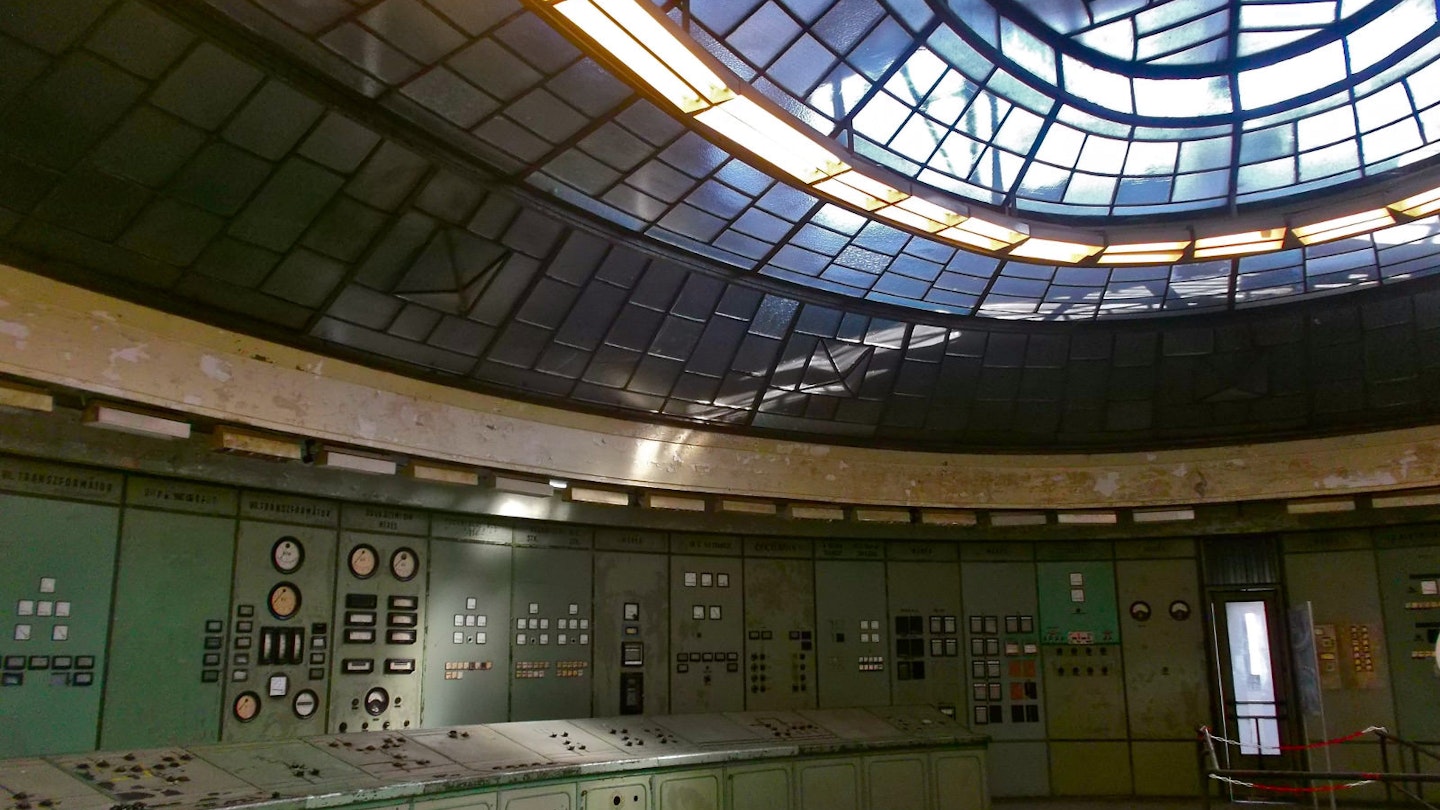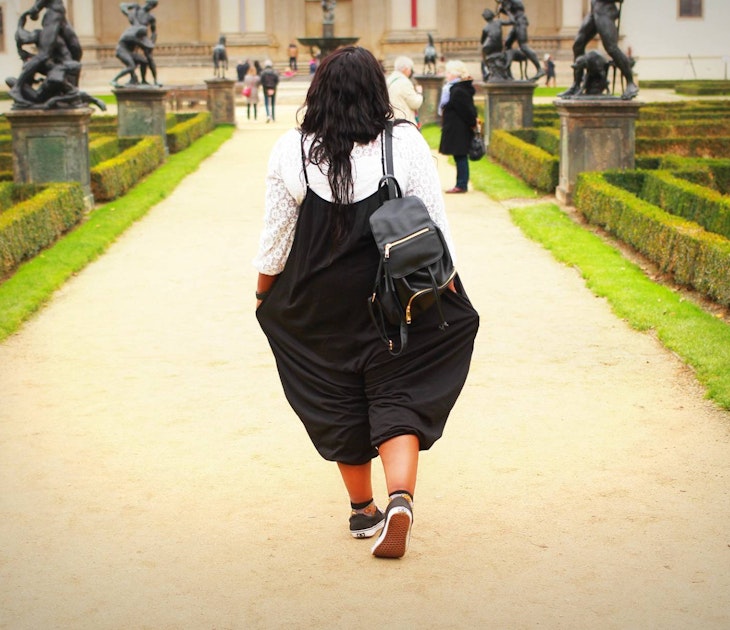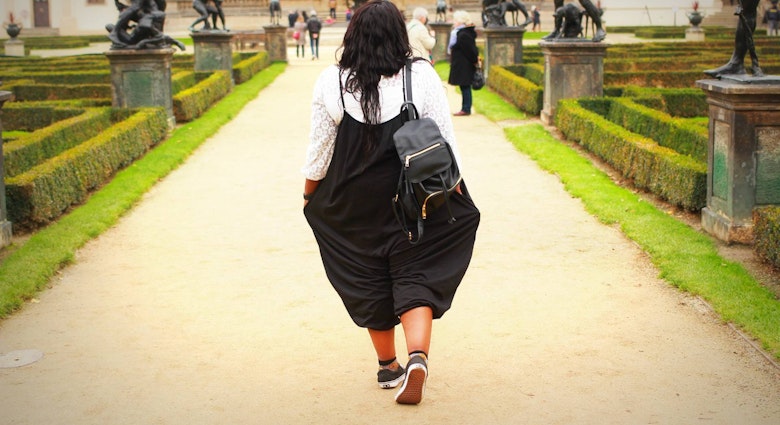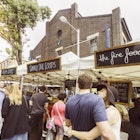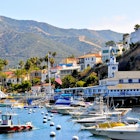Each city has its secrets and Budapest is no exception. While the buildings set on the banks of the Danube feature on the postcards you’ll find in the paprika-laden shops on Váci street, there’s more to Budapest beyond its iconic landmarks and popular ruin bars. Step away from the must-see sights and discover the city’s curiosities off the beaten track.
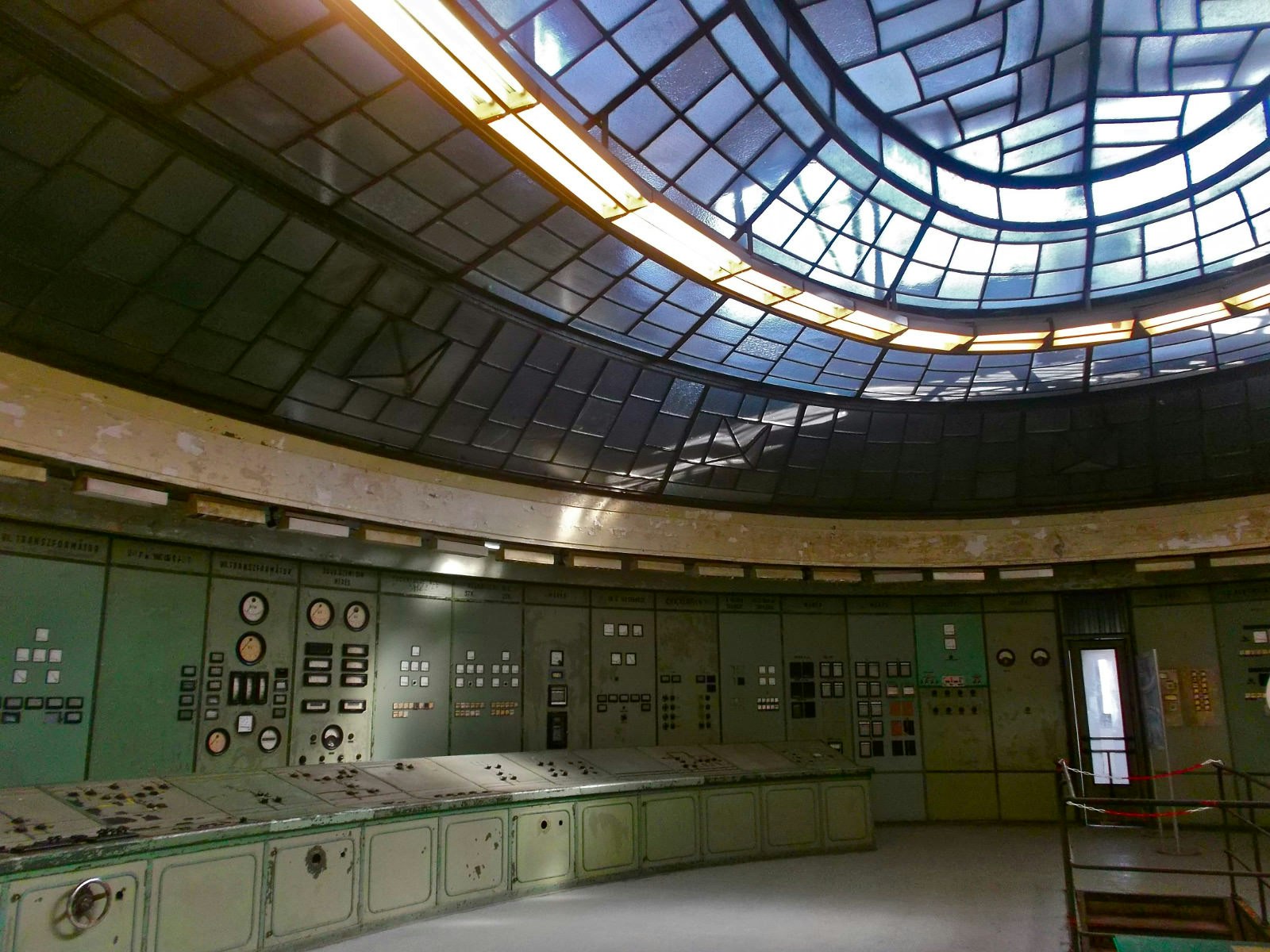
Kelenföld Power Station
On the banks of the Danube, in the southern part of Buda, lies an art deco temple to the electrical dawn. From the outside, Kelenföld Power Station (Hengermalom út 60, XI District) appears like any other industrial building, but step inside the control room and you’ll find a steampunk fantasy often used as a location in films and TV shows. The station is generally closed to the public, but if you’re lucky you can sometimes get on a tour (kek.org.hu) with other urban enthusiasts.
Budapest’s caves
There are around 200 caves carved out by thermal water under Budapest alone. In fact, just metres from the Danube you’ll even find the largest known active thermal water cave, whose water still feeds the nearby spas. But head up into the Buda Hills and pay a visit to the showcaves of Pálvölgy and Szemlőhegy or, if you’re looking for adventure, go on one of the spelunking tours in nearby Mátyáshegy right under the city.
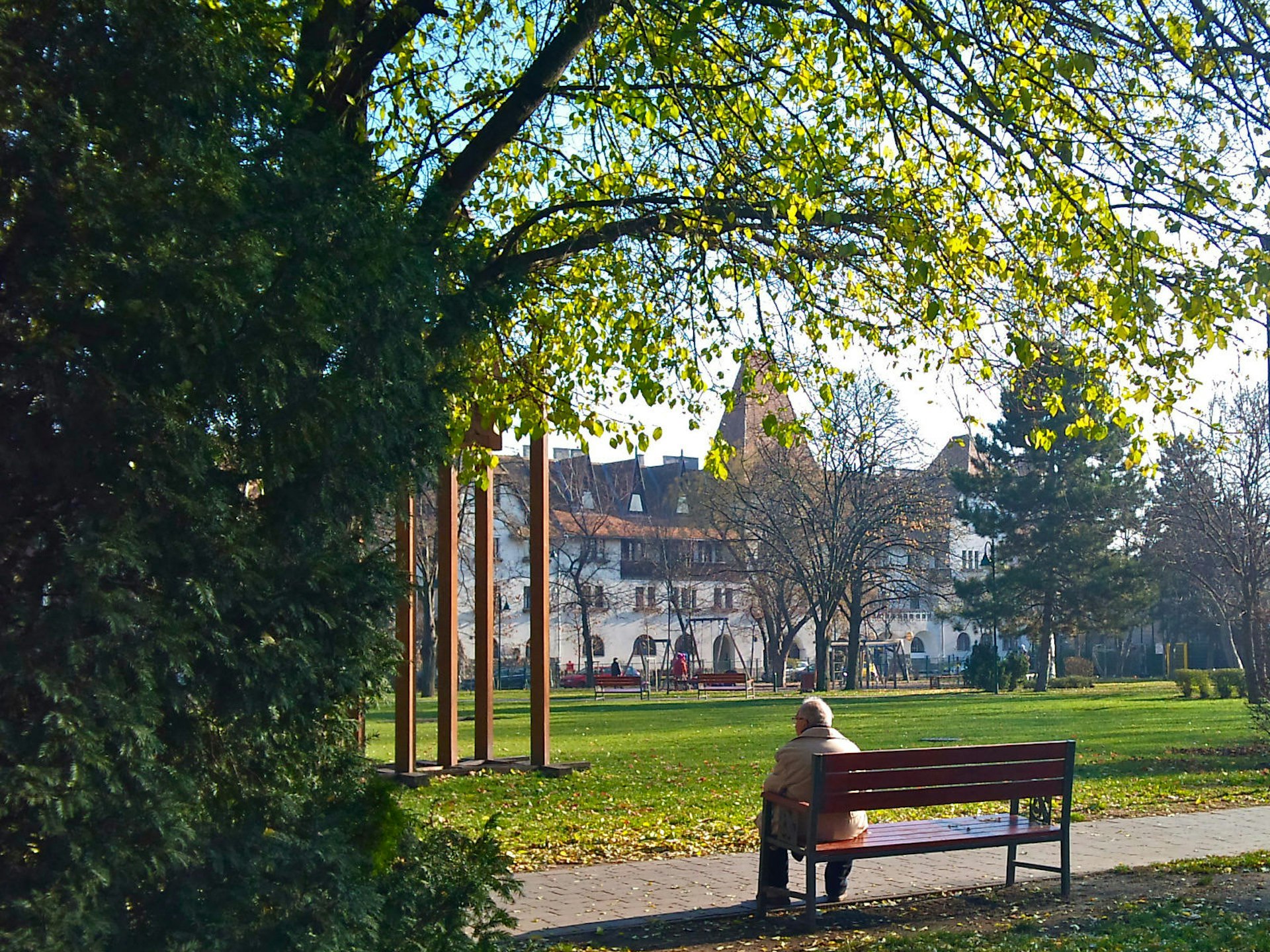
Wekerle Estate
Towards the airport lies a hidden community. The Wekerle Estate (wekerletelep.hu) is a self-contained and self-sufficient estate built as an avant-garde ‘Garden City’ project in the early 20th century. Fusing a folk-revival style with Hungarian art nouveau, the Wekerle Estate is a rustic oasis at the heart of Budapest’s suburbia. You can find echoes of rural Transylvania among the gables, carved wood and turreted houses, inspired by the heritage of Timişoara-born Károly Kos, the estate’s principal architect.
Törley sparkling wine cellars
Underneath the Budafok neighbourhood, an expansive network of limestone caves provides the perfect conditions for making Champagne-style wine. Factory founder József Törley learned the traditional method in Reims in the 1880s, before returning to Budapest to manufacture the bubbly stuff on home ground. You can explore the cellars, 130-year-old factory and its museum (torley.hu), and also taste some of the famous Hungarian sparkling wine after one of the guided tours hosted by the museum on select dates.
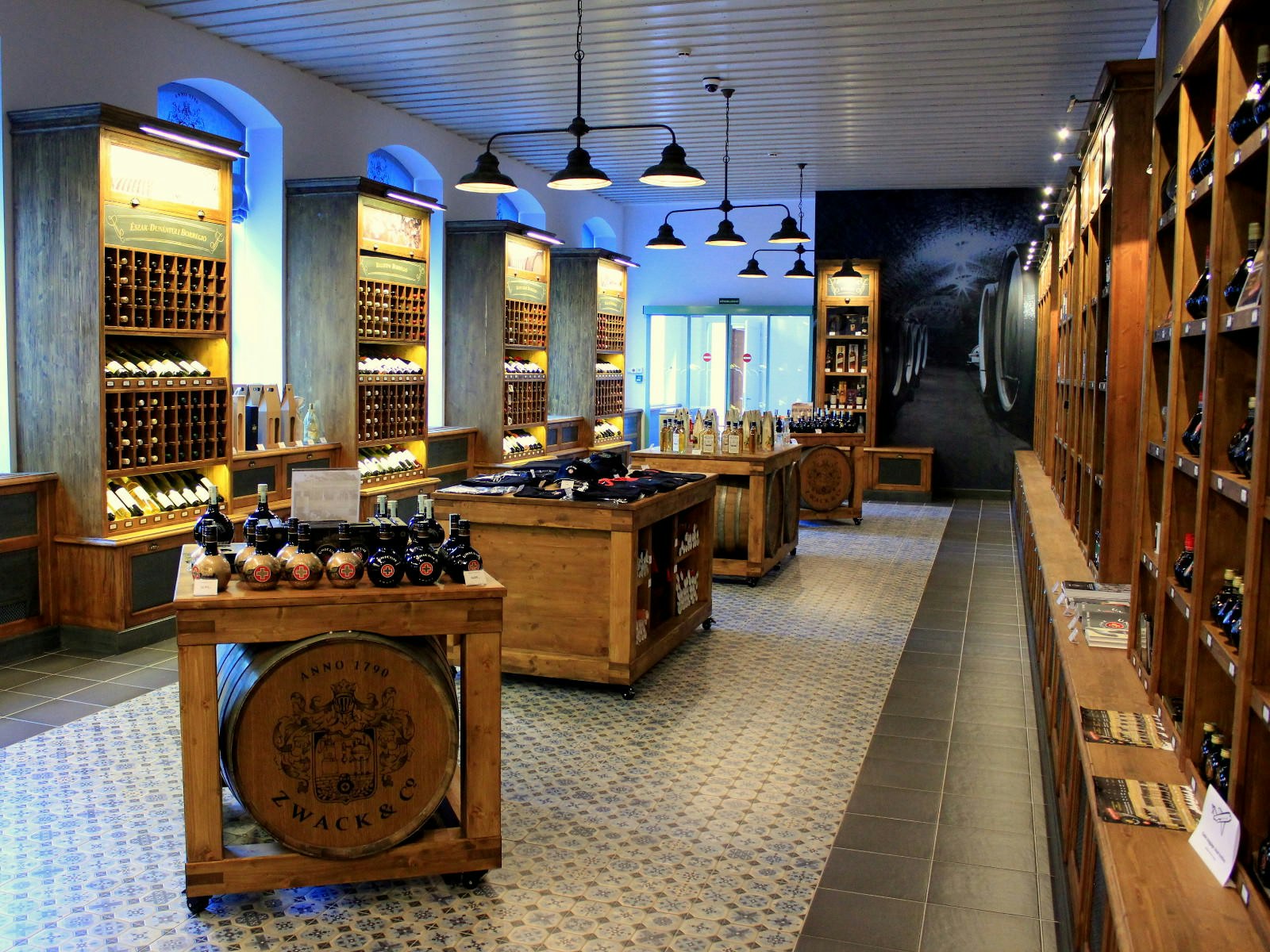
Zwack Unicum Factory
Unicum is a bitter herbal liqueur made from a cocktail of 40 herbs and spices shrouded in a secret family recipe, and one you’ll see bottled up in an iconic green orb on every bar shelf in Hungary. The Zwack Unicum Factory museum offers visitors a glimpse into this trademark Hungarian drink and the famous Zwack family behind it. Explore Hungarian history through the context of the drink, and delve deep into the cellars for a taste straight from the barrel.
Ecseri Market
If you’re hunting for an antique gramophone, camera or paintings, head over to the Ecseri Market in the suburban neighbourhood of Kispest. This antiques and flea market carries an eclectic array of treasures including wartime and communist memorabilia, and each piece comes with its own unique history. Even if you don’t plan to buy something (we challenge you not to), it’s still fun to visit this open-air museum of items ranging from the mundane to the bizarre.
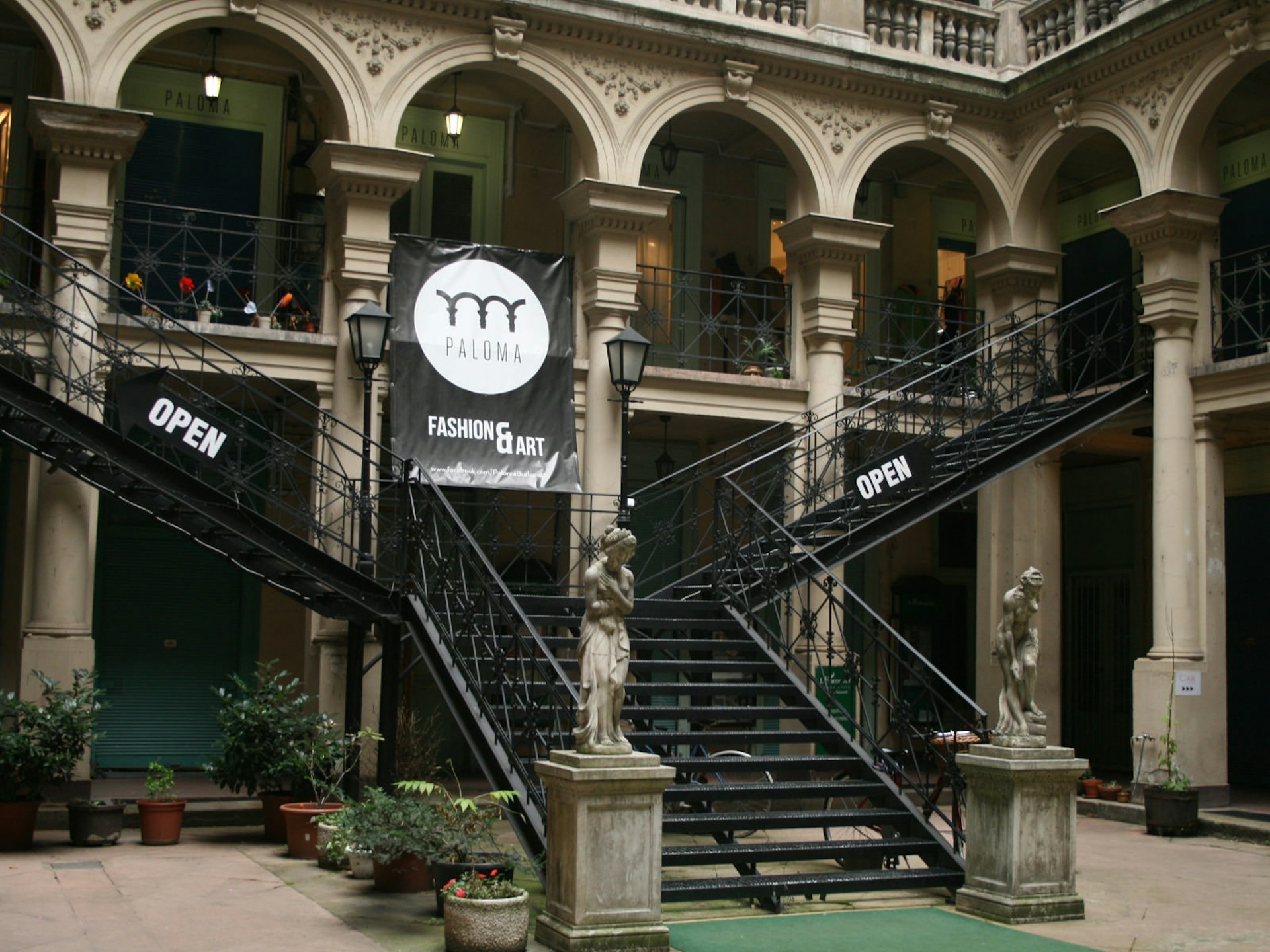
Paloma
Tucked inside a flaking colonnaded courtyard in the heart of the city, Paloma (facebook.com/PalomaBudapest) design collective is a network of on-site concept stores featuring handmade crafts from approximately 50 designers as well as pop-up events. During the week and on Saturday mornings, browse the boutiques for unique clothes, jewellery, shoes, bags and even cosmetics from upcoming Hungarian designers. Budapest became Unesco’s City of Design in 2015, and at Paloma it’s easy to see why.
Hospital in the Rock
Go below the city to visit one of the Castle Hill’s subterranean sites. The Hospital in the Rock is a fortified underground complex, housing a military hospital and shelter from WWII and the Hungarian revolution of 1956. It was a top-secret nuclear bunker during the Cold War, until it opened to the public in 2002. Today, this fascinating museum captures the grim underground life with eerie waxwork figures and the original relics from the hospital.
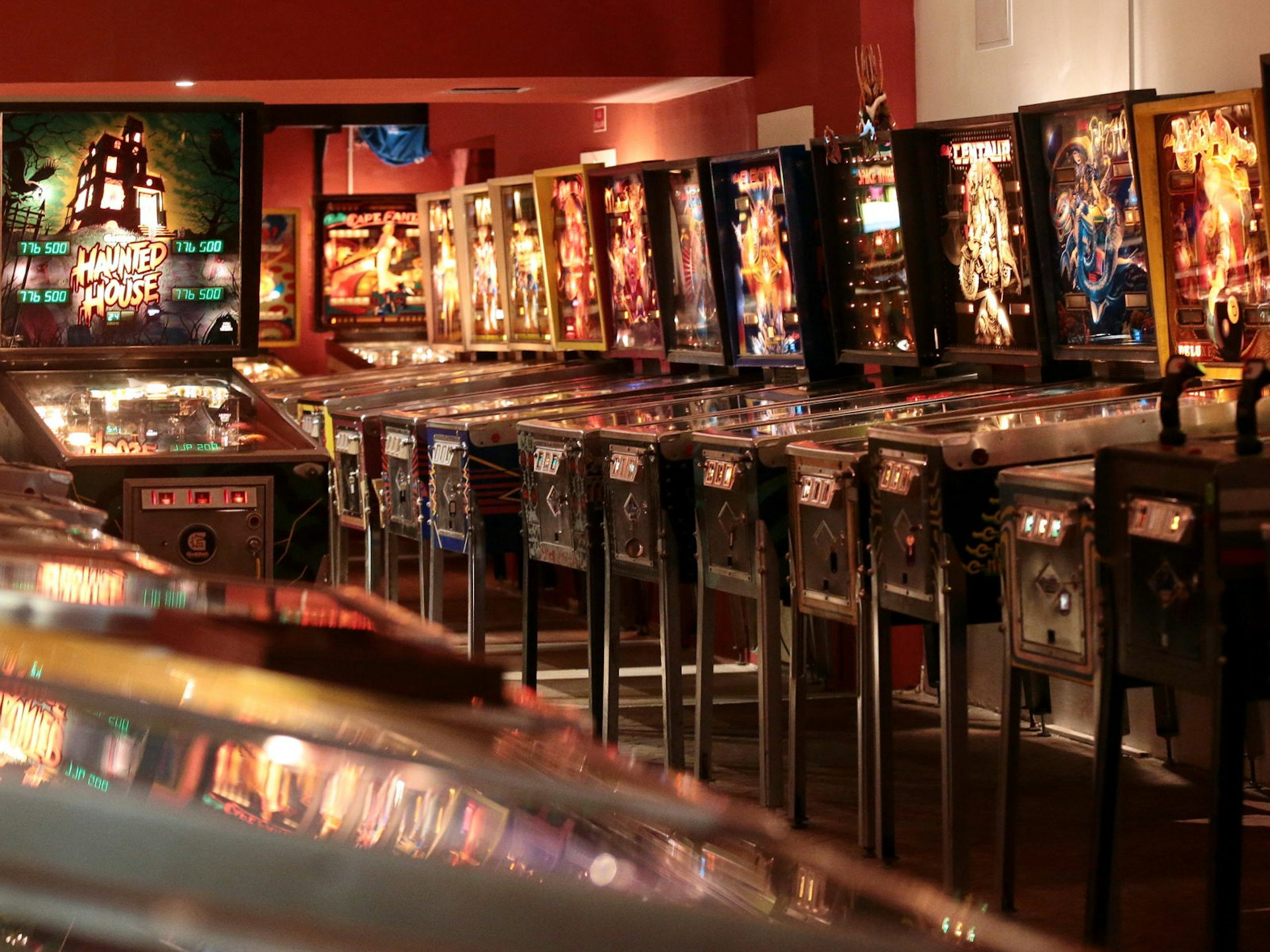
Budapest Pinball Museum
Flashing lights flicker to the backdrop of chimes and rattles echoing around the basement in the Pinball Museum (flippermuzeum.hu). This place may seem hidden to some, but as Europe’s largest ongoing interactive exhibition dedicated to pinball machines (more than 130 of them) it actually has a cult following. Many make the pilgrimage to this little-known basement to play on the vintage machines. However, it’s more than just another arcade – check out the antiques, as the earliest exhibit is a prototype from the 1880s.
Budapest’s Turkish baths
While tourists flock to Széchenyi and Gellért Baths, Budapest’s spa culture dates back hundreds of years and the domed Turkish baths, left behind after the Ottoman occupation, are the most interesting. While the Rudas Baths (revamped with a new wellness centre) are the most famous of these, explore beyond the queues and head to the fading grandeur of the Király Baths, built in 1570, or the renovated Veli Bej Baths tucked inside a hospital.

